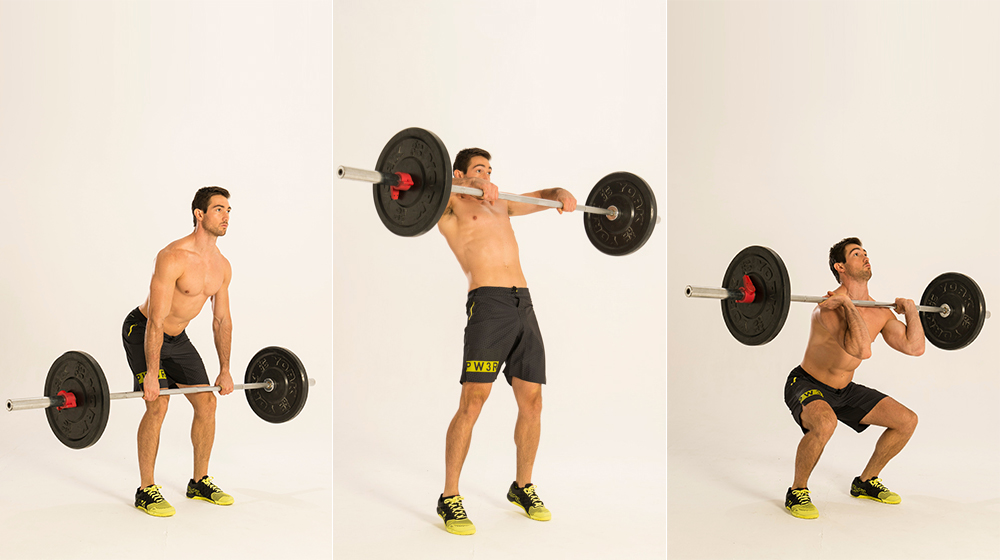Frozen shoulder—medically known as adhesive capsulitis—is a musculoskeletal condition marked by pain and stiffness in the shoulder joint. Symptoms of frozen shoulder tend to worsen over time. Fortunately, there are many treatment options available to help ease your pain and resolve the condition within 1-3 years. Frozen shoulder is more common in women than in men, especially in those over 40 years of age. People who have recently suffered a shoulder injury are at a greater risk of developing this condition, especially if their injury and treatment hasn’t been properly managed.
Symptoms and Treatment
Some of the key symptoms of frozen shoulder include stiffness in the shoulder joint, severe pain that increases at night, and restriction of movement. The treatment for frozen shoulder may involve range-of-motion exercises; however, in more severe cases, injection therapies may be necessary. Most cases can be managed by physiotherapy, manual therapy, and an exercise program (most of which the patient can practice at home), as per the recommendation of their doctor or therapist.
Here are a few range-of-motion exercises that are recommended for frozen shoulder. It’s recommended that before starting these exercises, you begin by taking a 10–15 minute long shower to warm up your shoulders. Alternatively, a moist heating pad or a damp towel may also be used. During these exercises, the stretch should be brought to the point of tension but not to the point of pain.
The Pendulum Stretch
Begin by relaxing your shoulder and standing, leaning over slightly at the edge of a desk or table. The position should allow your arm to hang down. Then, swing the affected arm in a small circle, not more than a foot in diameter. Repeat this up to 10 times, clockwise and counter-clockwise. As your symptoms improve, you may increase the diameter of the swing but make sure to never force it.
The Towel Stretch
Take a 3-foot long towel and hold it behind your back in a horizontal position using both hands. Use the unaffected arm to pull the affected arm upward in a stretch. An advanced version of this exercise may be practiced as your symptoms improve; this would involve draping the towel over the unaffected shoulder and holding the other end of the towel with your affected arm, behind your back. Gently pull the affected arm toward the lower back.
Repeat this exercise for up to 10–20 reps per day, making sure not to force or exert yourself during the stretch.
The Finger Walk
This is another simple exercise that you can try out at home. Begin by facing a wall at a distance of three-quarters of your arm length. Use your affected arm to reach out to the wall at waist length, keeping your elbow slightly bent. Using your finger muscles (and not your shoulder muscles), gradually walk your fingers up the wall to a comfortable height. Then, repeat the motion downward. Use the unaffected arm for help if necessary and repeat this exercise for 10–20 reps a day.
In addition to these exercises, you may also benefit from physiotherapeutic intervention in which a trained physiotherapist will manually mobilize, stretch and manipulate the joint capsule around your shoulder to help decrease the stiffness.
Sports & Exercise Medicine Institute is the leading sports medicine, physiotherapy, and chiropractic clinic in the Greater Toronto Area. We offer expert diagnoses, a variety of treatment options, and high-quality care. Click here to learn more about the services we offer, or contact us to schedule an appointment. Click here to read more about SEMI’s physiotherapy services.






